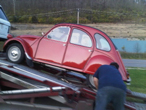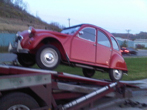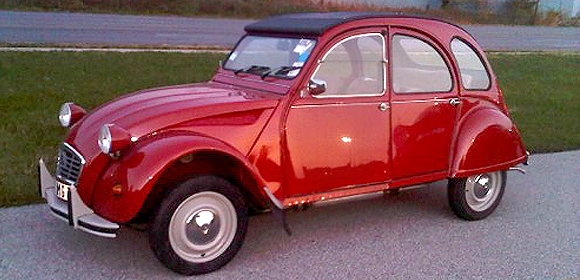By Ed Faulkner…..
If I had a dollar for every time I’ve been asked this question, I would be a rich man!! My Citroën 2CV generates a lot of interest and subsequent questions because most people have never seen one as these cars were never sold in the United States, but they do have a long and storied history.
The prominent American car companies have nothing on the French. Brands such as Ford, Buick, Chrysler, Oldsmobile, etc. were named after the families that started them in the first decade of the 20th century. Likewise the Citroën Automobile Company was founded in 1919 by André Citroën as the first mass-produced automobile manufacturer in France. Unlike BMW, Mercedes, Toyota, Kia, Honda, etc., the Citroën company was not successful in breaking into the American car market.
In the 1960’s, Citroën made a rather feeble attempt to break into the American market but were spectacularly unsuccessful! The lack of success was for two reasons. First, they did not set up their own dealerships, but rather they sold through the existing network of outlets, which were owned by the likes of Ford, Chevrolet, Plymouth, Dodge, etc. So, not unexpectedly, the dealers did not give Citroën much priority! They second reason was style; The Citroën models were radically different in design than the American cars of the 1960’s, so the car buyer in the US stayed away from them. Here are some pictures of the cars that Citroën made at the time:




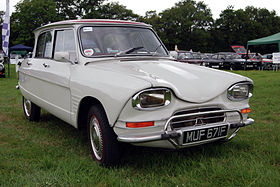

The Great Depression of the 1930’s affected the French economy significantly, including the automobile manufacturing industry, so, to combat the slowdown in car sales, the Citroën company started design work on an inexpensive, practical automobile. Unfortunately, World War II entered the scene in 1939 when Germany attempted to take over all of western Europe, including France. Once France was occupied, all the Citroën manufacturing capability was utilized for war vehicles by the Germans, so no further work was done on the inexpensive, practical car.
Once the war was over, Citroën returned to automobile production and finished the design of what was to become the 2CV and began production of the model in 1948. The final design focused on purchase price, fuel efficiency and the ability to negotiate the French roads that had been destroyed by the German war machine. The car was an instant, smashing success with 5 million of them being produced during a production run of 42 years from 1948 to 1990. Most of the units were produced in France, but there were also right-hand drive cars manufactured in England for the UK market and left-hand drive ones produced in Portugal for the Iberian market. This factory was the last one to stop production.


Moving onto the technical specifications of the 2CV, the car has some unusual mechanical aspects to it as follows:
- 2 Cylinders – Horizontally Opposed
- Air Cooled
- Engine Size – 602cc (later models)
- Horsepower – 29 @5750 rpm
- Torque – 28 lb-ft @ 3500 rpm
- Fuel Efficiency ~ 40 mpg
- Top Speed ~ 65 mph (with the pedal to the metal)
- Transmission – Four Speed Manual
- Suspension – Independent Front & Rear
- Front Brakes – Disc (later models)
- Rear Brakes – Drum
- Wheel Base – 94.5 Inches
- Length – 150.8 Inches
- Weight – 1350 Pounds
- Nick Names – Deux Chevaux (Two Horses), Tin Snail, Duck
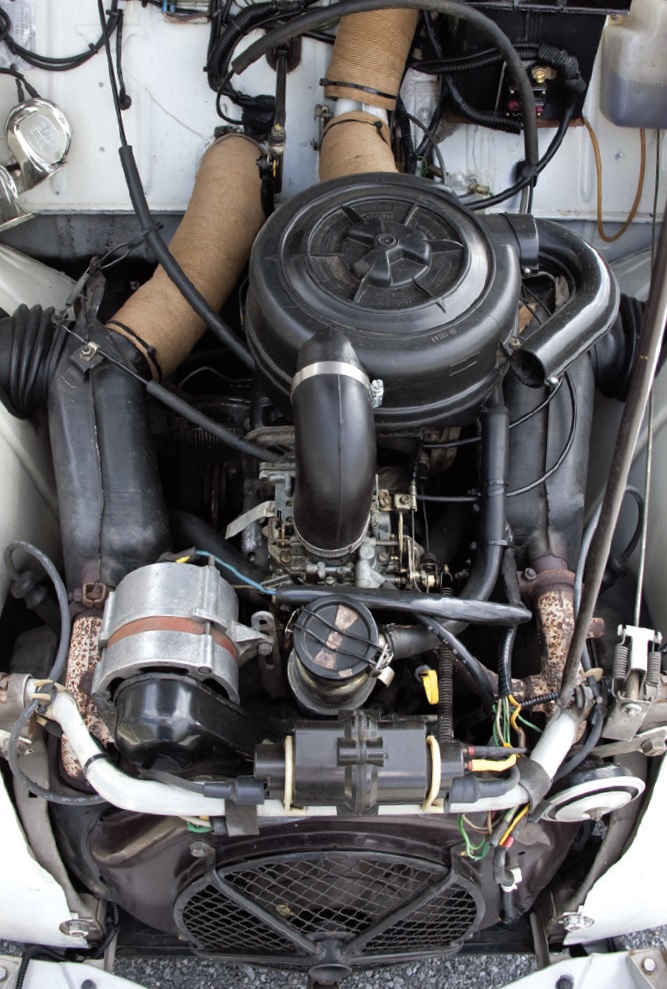
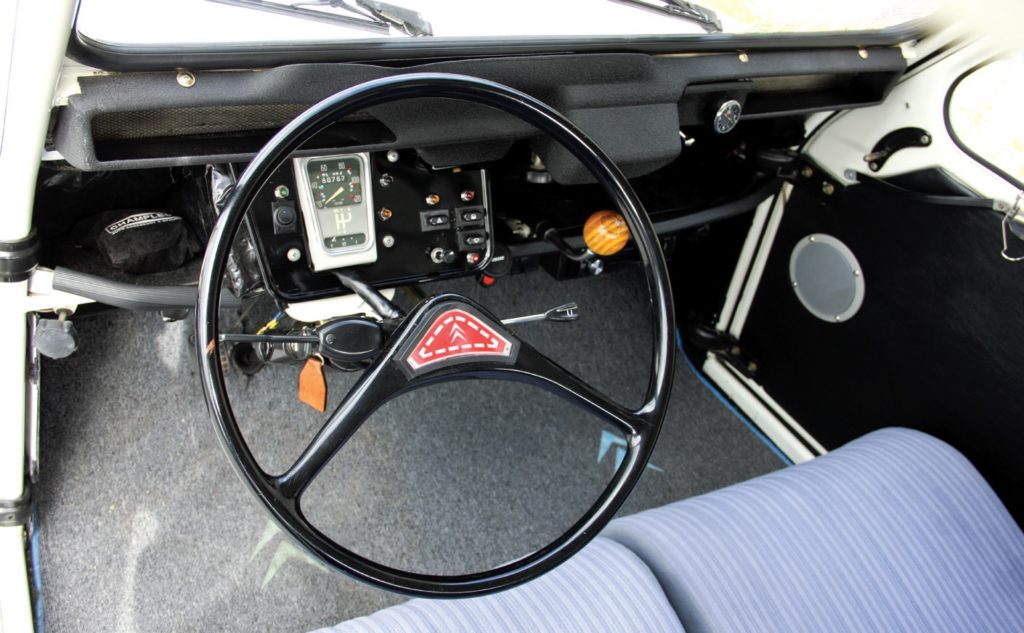
OK, with the history and specifications covered, let’s return to my association with the car. “Inquiring minds often want to know” that since the 2CV’s were not sold in the US, how did I know about them and where did I get mine? Well, during my 41 years working at Sun Chemical, I traveled extensively. During frequent visits to France and other western European countries, I saw many of them on the roads and, consequently, I became quite fond of the Tin Snail. So fond in fact, that in 2011 I decided I had to have one.
By that time, there were quite a number of 2CV’s that had been imported into the US, so I searched the internet looking for one to buy. The problem I encountered was that the ones that were reasonably priced were rust buckets and the those that were in good condition were priced ridiculously high.
The solution was to buy one in France and have it imported here, so I enlisted the aid of a close French friend who lived in Bordeaux, France to help me with the project. He did a thorough Internet search, after which I made the trip to Bordeaux and we spent three days examining and driving 2CV’s. I selected one, made a deal with the owner and had the car shipped to the US. I have been thoroughly enjoying the car for 10 years!

